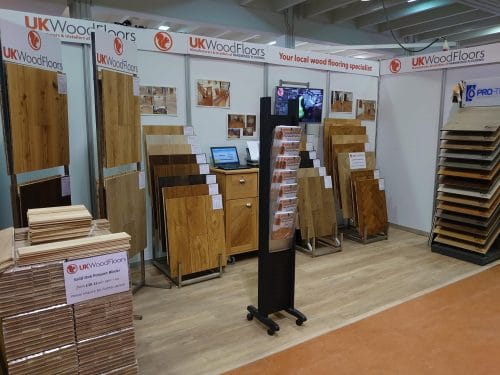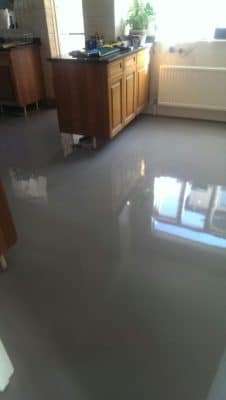If you’re refurbishing a room in your home then you certainly won’t be the first person to need a little help understanding whether an engineered or solid oak wood floor would be a better choice for your space. But before we start discussing the characteristics of each of these different floor types, let’s get a clear view of what both are.
What is engineered wood flooring?
Once it has been laid, an engineered wooden floor will look almost identical to solid oak, but while it might look very similar, it is actually made very differently.
Engineered wood floors are made from several layers of wood that have been pressed together. The top layer will be a veneer of solid wood, but under this layer, the core of the floor can be made from wood such as birch, plywood, poplar and HDF. These multiple layers of wood are glued together using a strong adhesive, with a 4mm to 6mm layer of solid oak, maple or whatever wood you choose glued on top.
What is solid oak flooring?
Solid oak floor boards are cut from single pieces of timber, which makes them incredibly simple in terms of their construction. They are also a completely natural product. The finished oak boards are usually around 18mm thick.
How do they differ?
1. Life expectancy
The thickness of a solid oak floor means it can be re-sanded and re-finished as much as five or six times during its lifetime to remove any damage and make it look as good as the day it was installed. Although an engineered floor with a relatively thick top layer could be sanded two or perhaps even three times during its lifetime, it will eventually need to be replaced.
2. Durability
A well-maintained solid oak floor can last for decades even in active households where there’s heavy footfall. Because the surface of an engineered floor is a lot thinner, it can become chipped or de-laminated under stressed conditions, which can reduce the aesthetic appeal of the floor.
3. Scratches and stains
All floors will become scratched and stained over the years. Both solid oak and engineered floors can be re-sanded and re-finished to remove the damage. However, as solid oak floors can be sanded time and time again, they will look their best longer. Solid wood floors also encompass a greater range of wood hardness than engineered floors, which makes them better at withstanding surface damage in the first instance.
4. Moisture resistance
As solid oak flooring is an entirely natural, organic product, it is affected by moisture. A hot, humid room could make the flooring dry out and shrink, while a cold, wet room could cause it to expand. This means solid oak floors are not best suited to bathrooms, basements or conservatories. The layers of wood in an engineered wood floor run in different directions, which makes them stable and more resistant to changes in moisture.
So what’s it to be?
It has to be said that nothing looks as good as a solid oak floor and it will deliver unbeatable value over the longer term when installed in the right room. Engineered wood is more practical as it can be used in more rooms in your home, but it lacks the longevity of real wood.
Take a look at our range of solid oak and engineered wood floors to find the perfect product for you.



